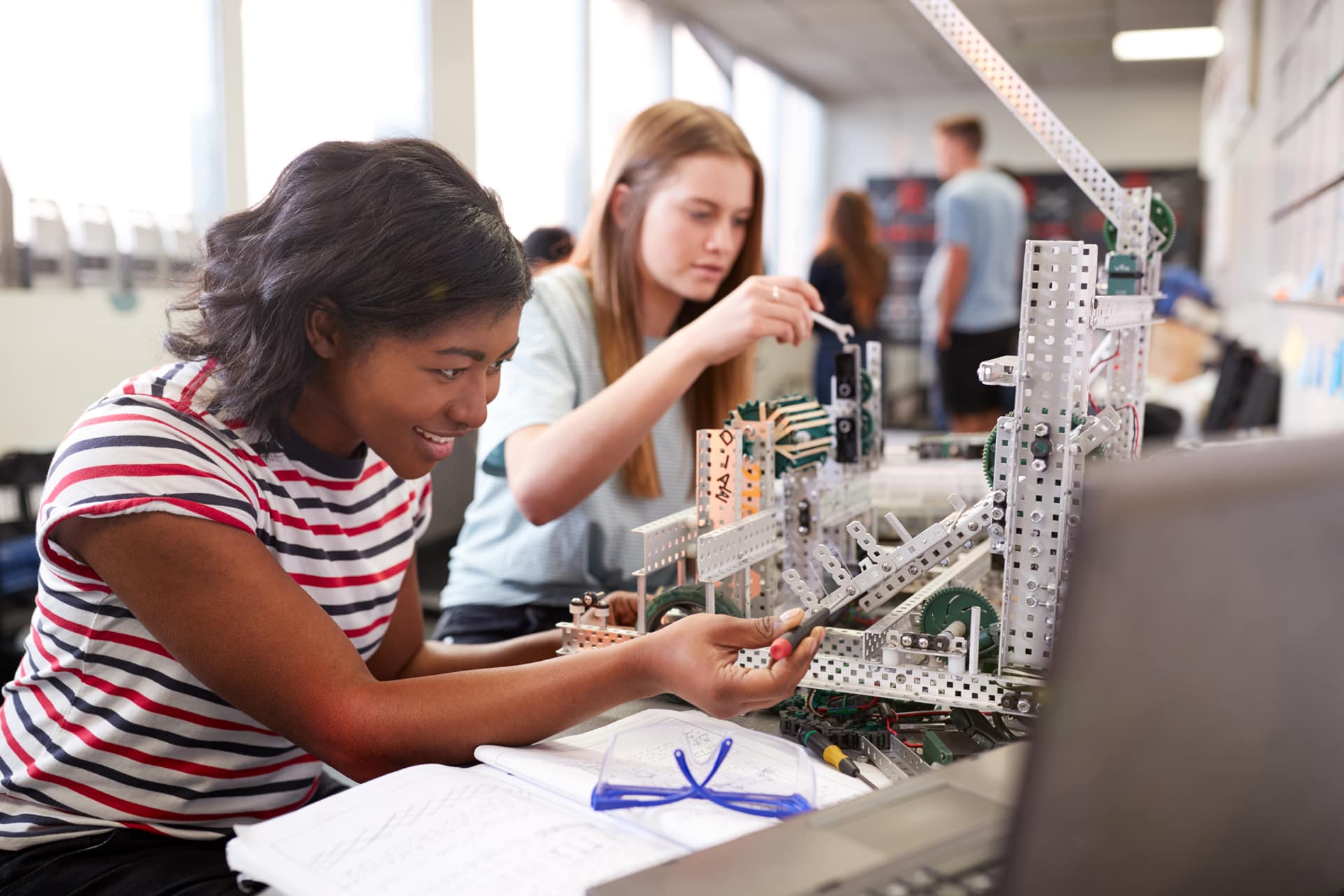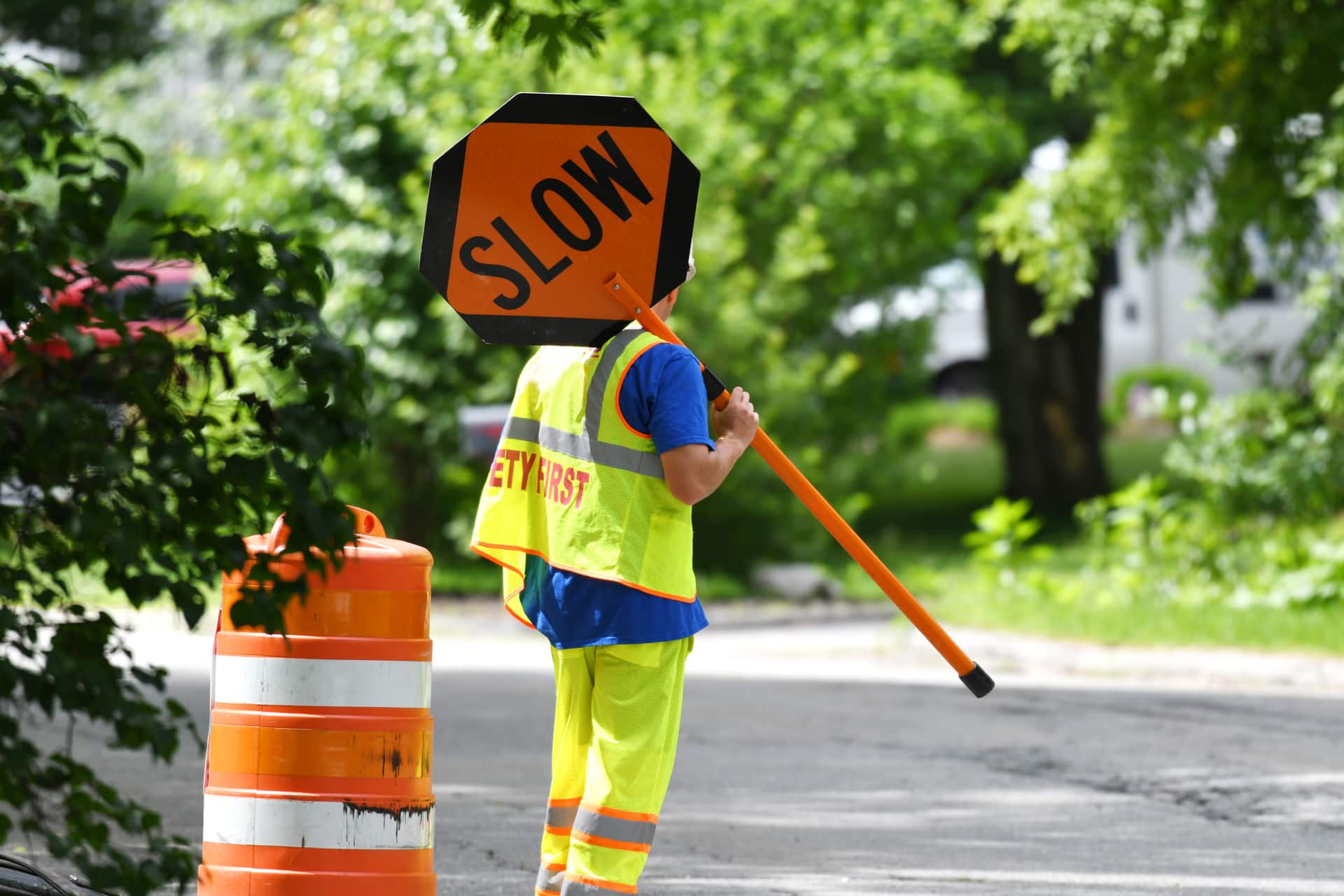COVID-19 and the resulting economic shutdown have been hard on local governments, and now may be a good time to weigh whether the trained eyes of outside accounting services can help put your Town, Village or City back on track.
In the best of times, officials in New York’s cities, town, villages, and counties have had to keep careful watch over spending. The pandemic, which brought budget cuts and state aid holdbacks, also brought along with cost-cutting measures to many municipalities. That included trimming staff through early retirement incentives, layoffs, and furloughs.
Did your municipality lose institutional knowledge when staff took retirement? What will it cost you to hire a new person, one with solid knowledge of the ins and outs of government accounting and bookkeeping, which is so different from commercial bookkeeping, to guide you through these tough times? Would hiring an outside consultant for accounting, one who specializes in government accounting, be more cost-effective?
The first thing for a municipality to consider when deciding whether to outsource this service to an independent accountant is the real cost of hiring a new full-time employee. In addition to salary, the municipality also bears the cost of medical benefits, as an employee and also as a future retiree, besides making payments into a pension fund.
For some municipal leaders, the initial reaction might be that they may prefer to have “a person in a seat,” someone in the building, who they can talk to directly. But if the pandemic has taught us all one thing, it’s how easily we can use Zoom or other video meeting programs for instant or near-instant virtual conversations. With one quick emailed meeting link, a mayor or supervisor can have an in-depth discussion, face to face via screen, with his or her accounting professional. That might have seemed unthinkable a year ago, but now virtual meetings are a staple of our professional, governmental, and personal lives.
And, of course, a consulting accounting firm could still have someone make on-site visits to the local government.
The outsourcing arrangement can free up the local government’s office staff to handle everyday cash transactions, receipts, and general bookkeeping, which can also improve their services to the public.
An outside accountant who specializes in governments can help the municipality identify ways to do things more efficiently and can help officials look for more ways to control or cut costs while minimizing the effects on services for the public.
Such outside accounting services can also provide an independent look at the municipal operations from an internal control perspective. They can help identify weaknesses in cash controls and review bank reconciliations. While hiring an independent accounting service will not relieve your local government of the need for periodic audits, it can prevent surprises when the audit comes.
Your government accounting specialist can advise your officials and remind them what you need to do at various points in the year, as well as review your budget.
The appropriate consultant is not just an accountant; he or she can also function as your financial accounting advisor who can also help smooth over tensions on boards when disagreements occur because the accounting advisor is independent.
Local governments in New York looking for ways to weather the financial fallout of the COVID-19 pandemic have had to come up with a myriad of new strategies to cut costs without decimating services to residents. Outsourcing accounting services to an independent specialist can be another outside-the-box strategy that saves taxpayer money while providing expertise and credibility to municipal operations.



